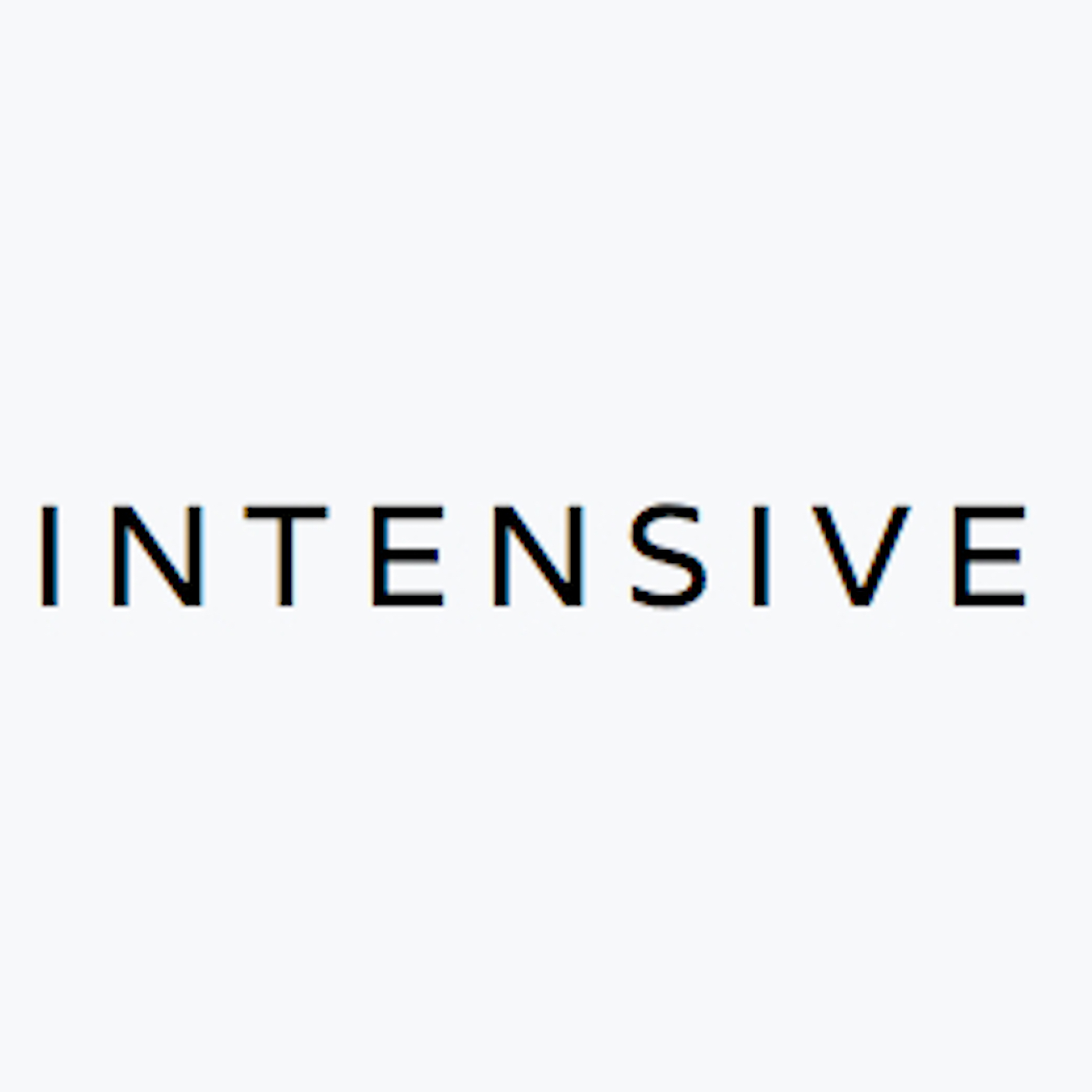Episodes
Professor David Tuxen provides his unique and entertaining perspective on the history of the Alfred ICU.
Published 12/13/17
Published 12/13/17
In this episode of the INTENSIVE podcast, Dr Paul Nixon talks about the indications for ECMO, the referral process, and where ECMO should take place. The target audience is general intensivists, trainees, and other health professionals who may need to refer patients for consideration of ECMO. Show notes are available at: http://intensiveblog.com/intensive-podcast-7/
Published 08/18/17
Dr Tim Byrne provides an introduction to ECMO (extracorporeal membrane oxygenation). The target audience is registrars with limited previous ECMO experience. Show notes are available at: http://intensiveblog.com/intensive-podcast-6/
Published 08/18/17
Dr Dash Gantner and Prof Jamie Cooper team up to critically appraise the RescueICP trial and the role of Decompressive Craniectomy as a therapy for severe traumatic brain injury (TBI). Show notes are available at: http://intensiveblog.com/intensive-podcast-5/
Published 08/04/17
Professor David Pilcher talks about the general and post-operative management of lung transplantation in this episode of The INTENSIVE Podcast. The target audience is intensive care registrars and general intensivists. Show notes are available at: http://intensiveblog.com/lung-transplantation-david-pilcher/
Published 07/29/17
An overview of severe burns from the perspective of intensive care management by Associate Professor Andrew Udy. The target audience is Intensive Care Registrars. Show notes are available at: http://intensiveblog.com/severe-burns-andrew-udy/
Published 07/29/17
This talk by Dr Chris Nickson provides an overview of how acute stressors affect performance and introduces techniques that can be used to maintain performance despite them. The target audience is trainees in the critical care specialties.
Published 07/19/17
Professor David Tuxen talks about mechanical ventilation pitfalls in asthma management. Topics include appropriate mechanical ventilation settings and their pathophysiological basis, as well as important complications such as dynamic hyperinflation and pneumothorax. The target audience is intensive care registrars. Show notes are available at http://INTENSIVEblog.com
Published 07/13/17


